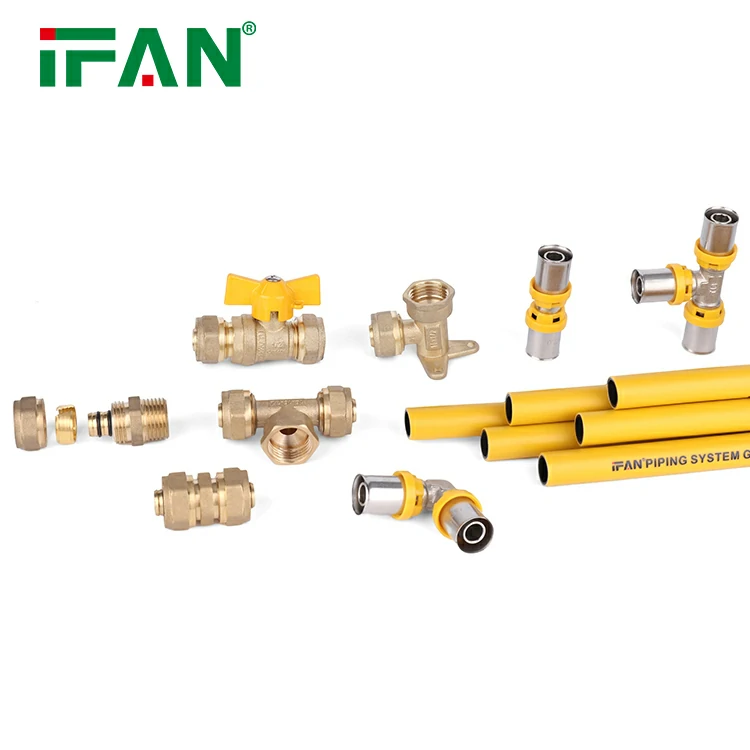Understanding Brass Gas Press Fitting Temperature Limits
A brass gas press fitting typically withstands temperatures up to 400°F (204°C). Beyond this, brass softens, risking seal failure. Manufacturers often rate fittings for -65°F to 250°F (-54°C to 121°C) in standard gas applications. Exceeding these limits may cause leaks or structural damage.
Factors Affecting Heat Resistance
Several factors influence a brass gas press fitting’s heat tolerance:
- Alloy composition (e.g., C37700 brass resists heat better than C36000).
- Internal pressure (higher pressure reduces thermal capacity).
- Exposure duration (brief spikes are less harmful than sustained heat).
- External coatings (nickel plating can add 50°F of tolerance).
Thermal Expansion and Sealing Risks
Brass expands when heated, potentially loosening press-fit connections. At 300°F (149°C), expansion rates reach 0.000011 in/in°F. This can break seals in rigid systems. Using flexible gas lines or expansion joints helps mitigate this risk.
High-Temperature Applications and Alternatives
For temperatures above 250°F (121°C), consider:
- Stainless steel press fittings (tolerate up to 800°F/427°C).
- Braided gas hoses with high-temperature sleeves.
- Flanged brass fittings with reinforced gaskets.
A brass gas press fitting is not ideal for exhaust or furnace venting.
Signs of Heat Damage
Watch for these failure indicators:
- Discoloration (blue/gold tints suggest overheating).
- Seepage around the fitting.
- Softened brass (easily scratched with a tool).
- Cracks near stress points.
Replace damaged fittings immediately to prevent gas leaks.

Testing and Certification Standards
Brass gas press fittings must meet:
- ASTM B16 for material integrity.
- ANSI LC-4 for thermal cycling tests.
- UL 103 for flammability resistance.
Fittings labeled “HT” (High-Temperature) often perform better under heat stress.
Mitigating Heat Exposure in Installations
To protect fittings:
- Keep them 12+ inches from heat sources.
- Use heat shields or ceramic tape in high-risk areas.
- Avoid direct sunlight in outdoor setups.
- Monitor with infrared thermometers in critical systems.
Emergency Overheating Response
If a brass gas press fitting overheats:
- Shut off gas flow immediately.
- Cool gradually—avoid water quenching (thermal shock cracks brass).
- Inspect for leaks with soap solution.
- Replace if deformed or discolored.
Conclusion
A brass gas press fitting performs reliably within -65°F to 250°F (-54°C to 121°C). For higher temperatures, upgrade to specialized materials. Regular inspections and proper installation prevent heat-related failures, ensuring safe gas system operation.

